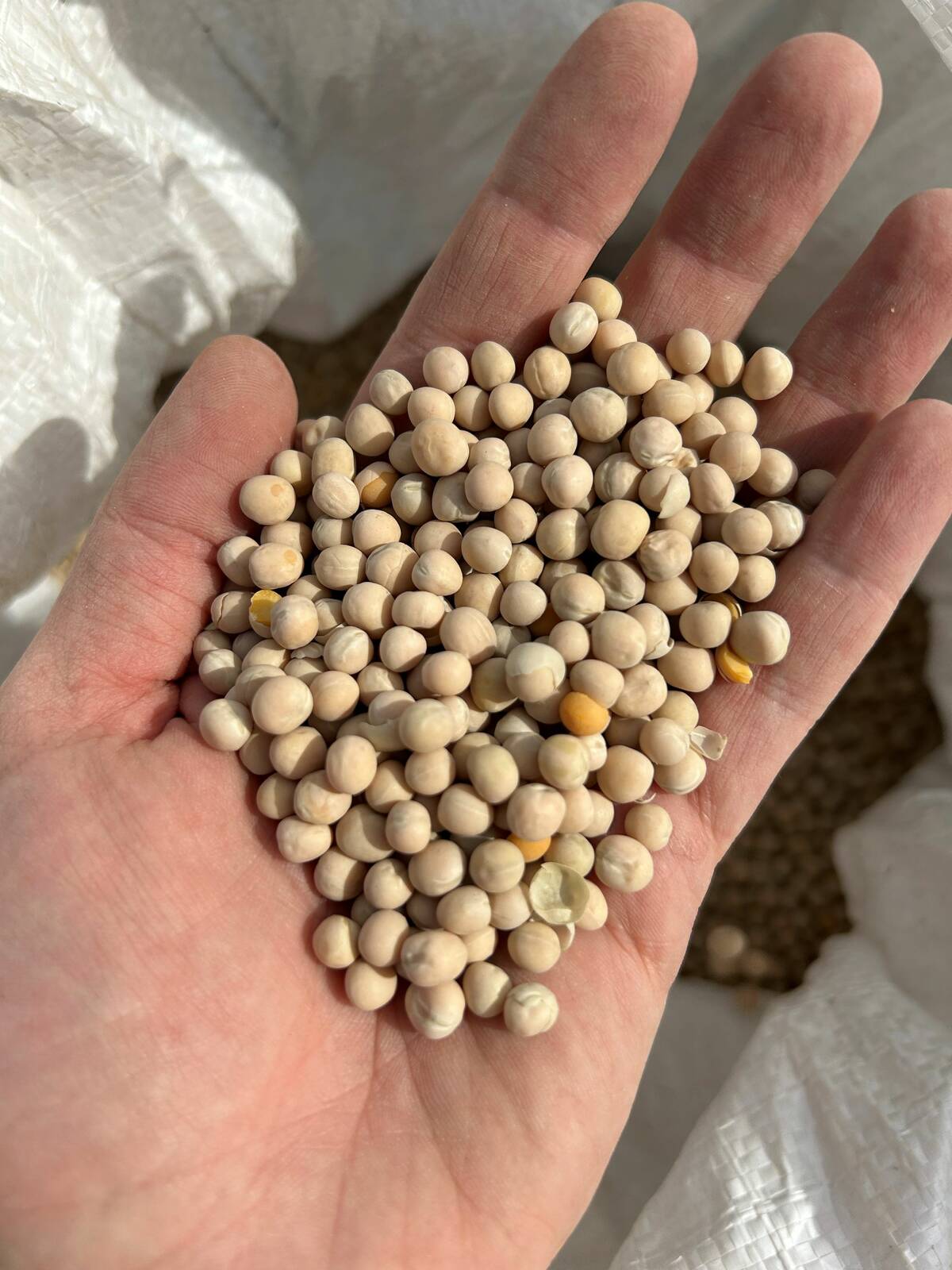CNS Canada — It looks like this year’s Canadian malt barley crop could be a lot smaller than originally expected.
Canada’s 2014-15 barley production was estimated at 7.2 million tonnes by Statistics Canada. This compares to last year’s total of 10.2 million tonnes.
That estimate, however, was before persistent rains swept across the Prairies during late August and early September. Typically, a third of the crop meets malt specifications with the remainder destined for feed markets.
One industry watcher said the wet weather is hampering harvest efforts and cutting into quality.
Read Also

Pulse Weekly: Tariffs guide yellow peas in 2025
Tariffs were a major influence on Canadian yellow pea prices in 2025, with levies imposed by China and India. The two countries are Canada’s biggest foreign pulse buyers.
“Yes, we will have some quality issues on the malting barley; in some areas there’s a chance to get some malting barley here but with the rains we’re having that’s becoming less and less likely,” said Bruce Burnett, CWB’s crop and weather specialist in Winnipeg.
A lot of the barley originally intended for malting purposes may be shifted over to feed, he noted, due to problems with bleaching and premature sprouting, “and all sort of other downgrading factors related to barley… in the eyes of the maltsters at least.”
“Diminished”
Barley crops in central and northern Alberta, along with some parts of western Saskatchewan, have avoided much of the rain and are the most developed, Burnett said.
However, he noted, parts of Alberta also received snow this week, which underscores how challenging the weather conditions have been.
“That certainly diminished that area pretty rapidly.”
Burnett said snow increases the chance barley crops could encounter lodging, which would decrease quality even more.
Barley broker Rod Green of Central Ag Marketing at Airdrie, Alta. said warm weather is needed to help salvage the crop. “It always helps; it would get it off, anyway.”
He said it’s too early to say how big this year’s crop will be. “The situation is evolving every day.”
Burnett said some crops still have the chance to develop if the weather turns warmer.
“There still are some immature malting barley crops that were planted later in eastern and northern growing areas.”
There could also be a lot of malt barley left over from last year as well, he added.
— Dave Sims writes for Commodity News Service Canada, a Winnipeg company specializing in grain and commodity market reporting.
















